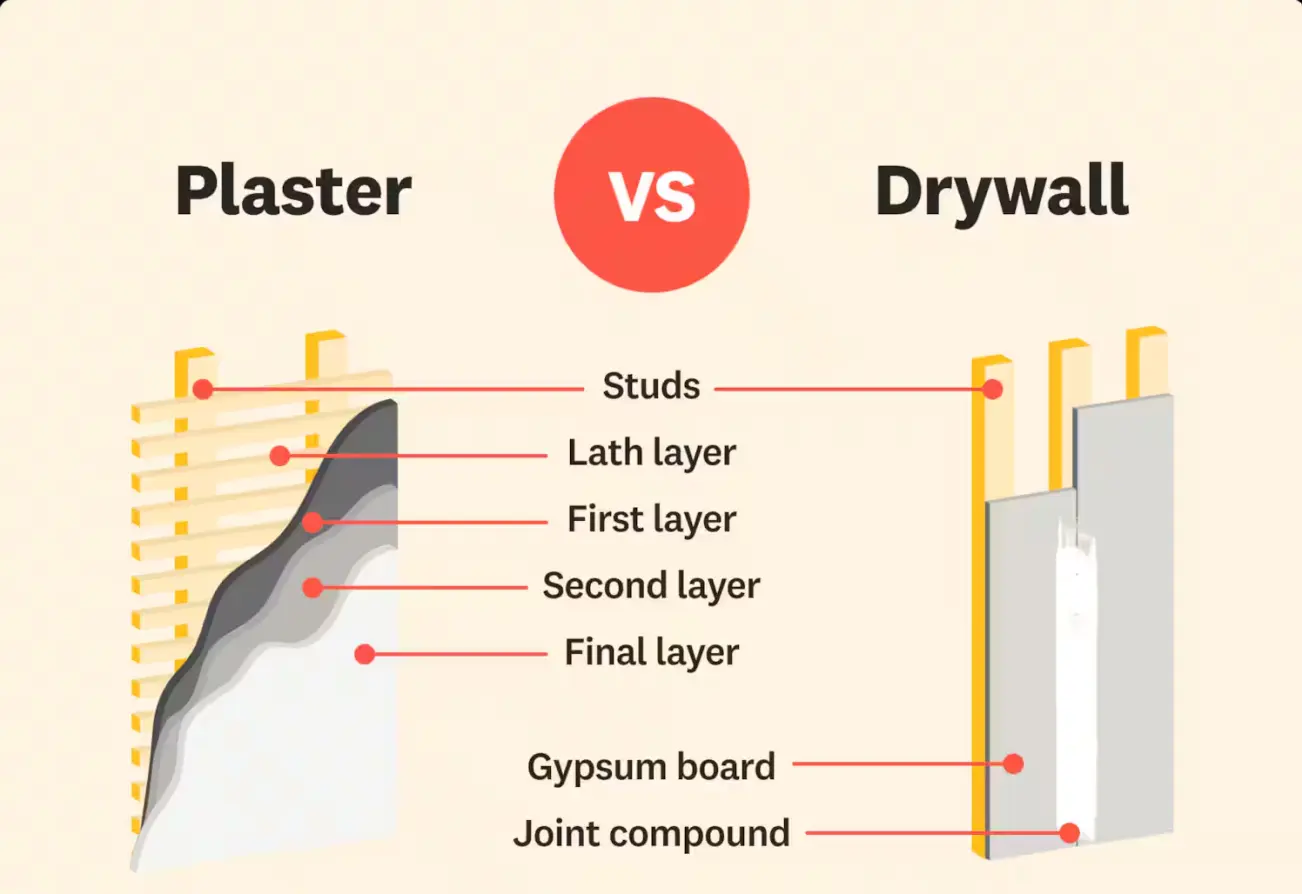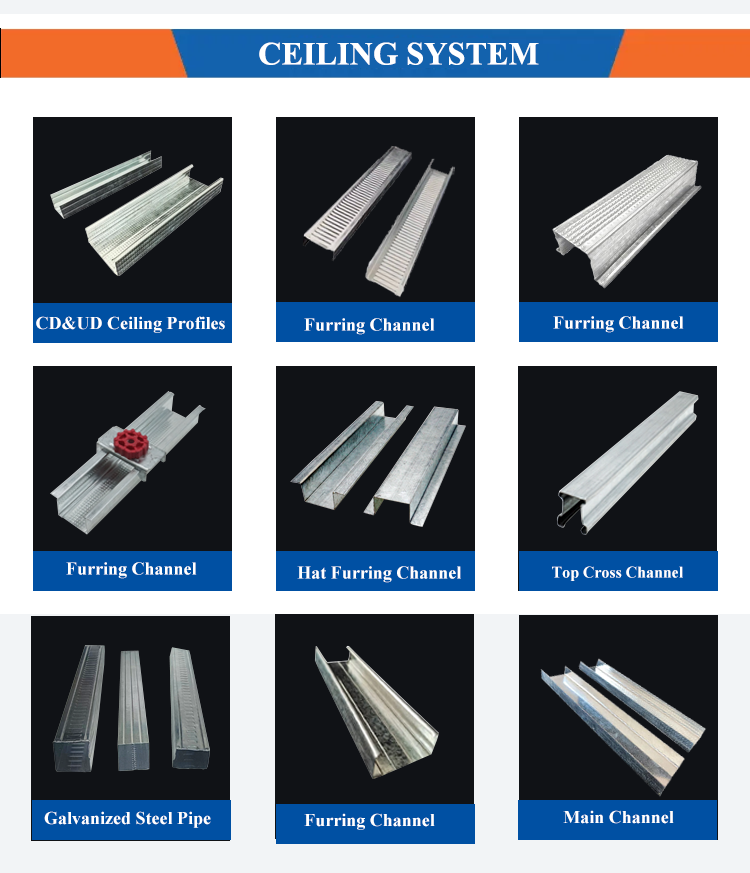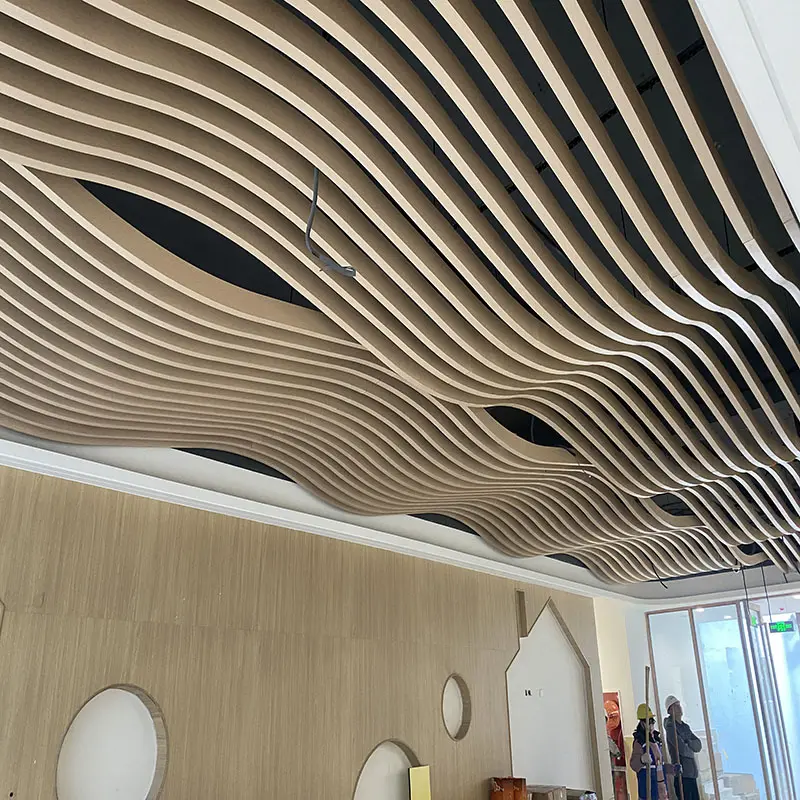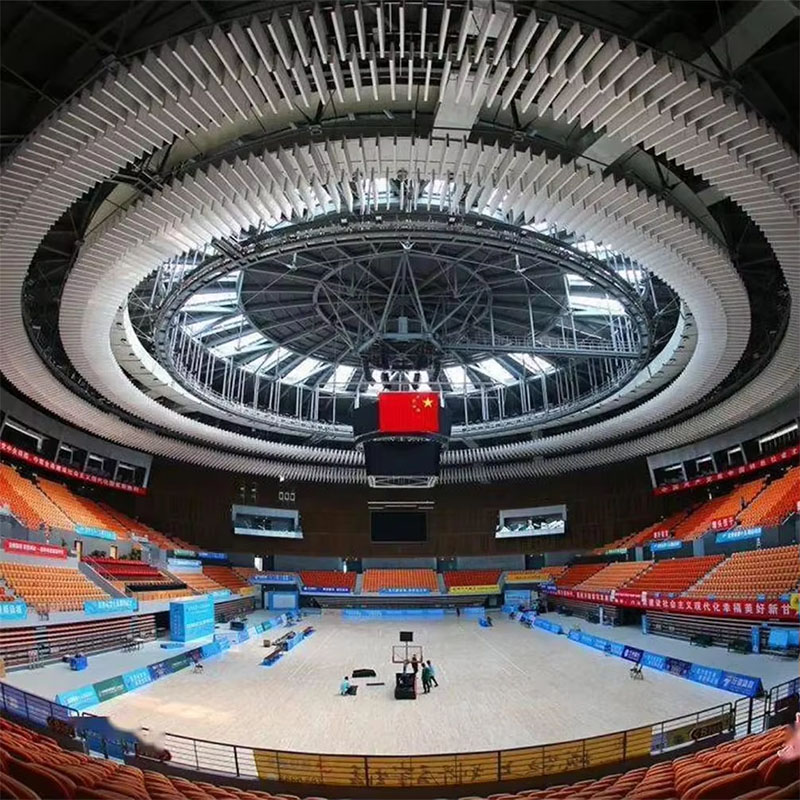Know your ceiling options when renovating, purchasing or designing a home.
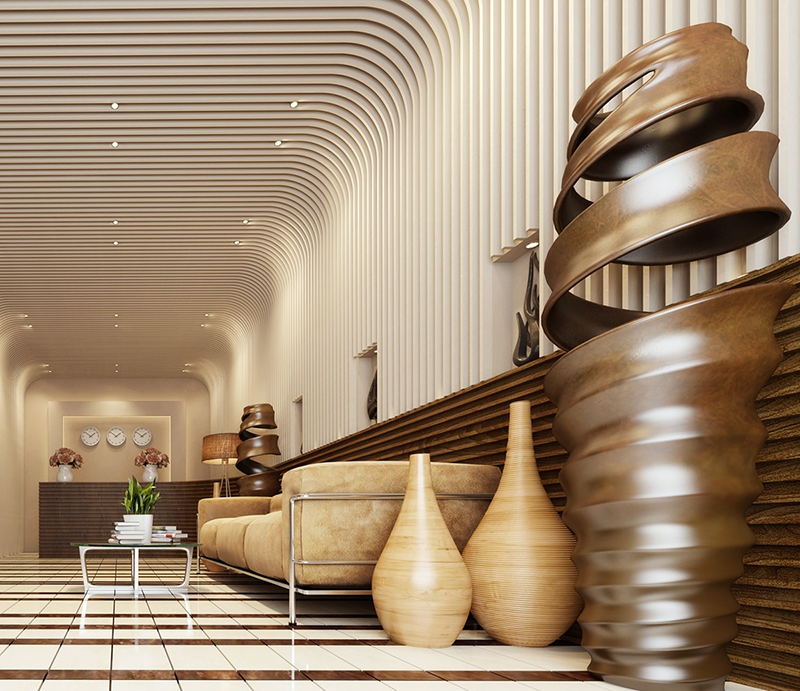
Ceilings have the potential to serve as a centerpiece, harmoniously bringing together various design elements within a home into one seamless and cohesive theme.
Aluminum ceilings have been around since the early 20th century when decorative metal ceiling tiles were first introduced. However, it wasn't until the 1960s when aluminum became a popular material For Ceilings due to its durability, ease of installation, and low maintenance requirements. Since then, aluminum ceiling designs have evolved and expanded to include a variety of patterns, colors, and finishes, making them a versatile choice for both residential and commercial spaces. Today, aluminum ceilings continue to be a popular option for architects and designers seeking a modern and sleek aesthetic.
Ceilings can act as a centerpiece, unifying a home's various design facets into a seamless and cohesive theme. Considering the vast array of possibilities, it can seem daunting to navigate the myriad ceiling choices today. Here are the nine most popular ceilings right now, with a look at where and why they are most commonly used.
1.Flat ceiling.
2.Vaulted ceiling.
3.Beam ceiling.
4.Coffered Ceiling.
5.Exposed ceiling.
6.Tray ceiling.
7.Drop ceiling.
8.Coved ceiling.
9.Shed ceiling.
1.Flat Ceiling
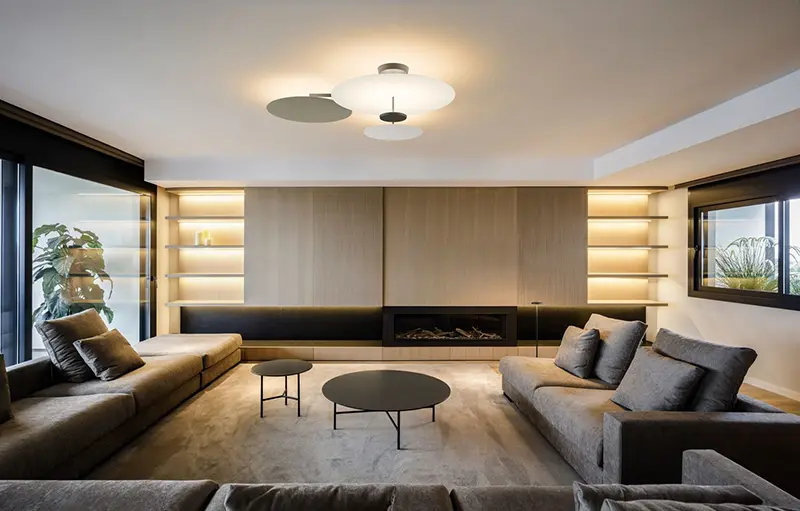
A flat ceiling is a ceiling design characterized by a horizontal surface that runs parallel to the floor below. Unlike vaulted or sloped ceilings, which can create a sense of height and spaciousness, flat ceilings maintain a uniform height throughout the room. This design is commonly seen in residential and commercial buildings and has a simple, modern aesthetic.
2.Vaulted Ceiling
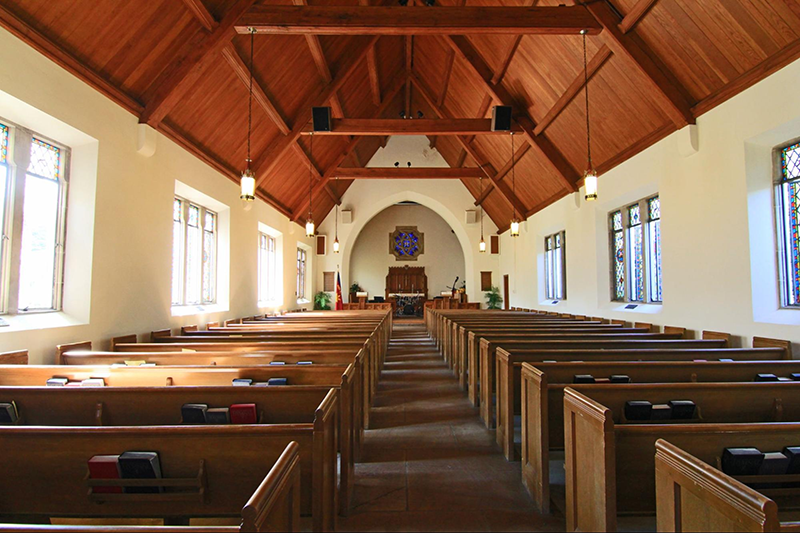
A stunning architectural feature that elevates any space with its stunning height and airy ambiance. Designed to transform an ordinary room into an extraordinary living environment, vaulted ceilings are perfect for homeowners and designers looking to create a sense of openness and grandeur.
Aside from their visual impact, vaulted ceilings offer practical advantages. The added height improves air circulation, making your space feel cooler in the summer and warmer in the winter. It also provides the perfect opportunity for creative lighting solutions, allowing you to highlight the beauty of the ceiling itself or create a cozy ambience using pendant lights and chandeliers.
3.Beam Ceiling
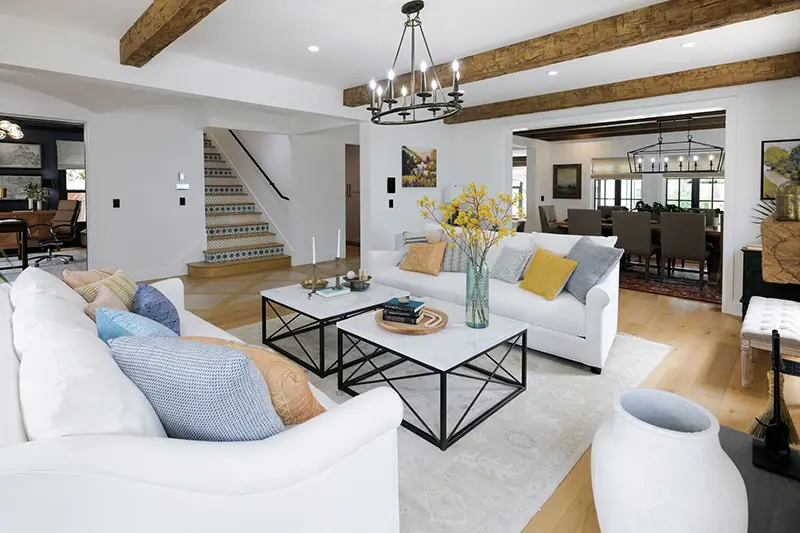
A beam ceiling is a type of ceiling that incorporates exposed wooden or metal beams into the design. This type of ceiling is often chosen for its rustic and natural look, as it adds warmth and texture to a room.
Beam ceilings can be created in a variety of ways, from using reclaimed wood or salvaged metal to installing faux beams made of lightweight materials like foam or plastic. The beams can be left natural or painted to complement the color scheme of the room.
4.Coffered ceilings
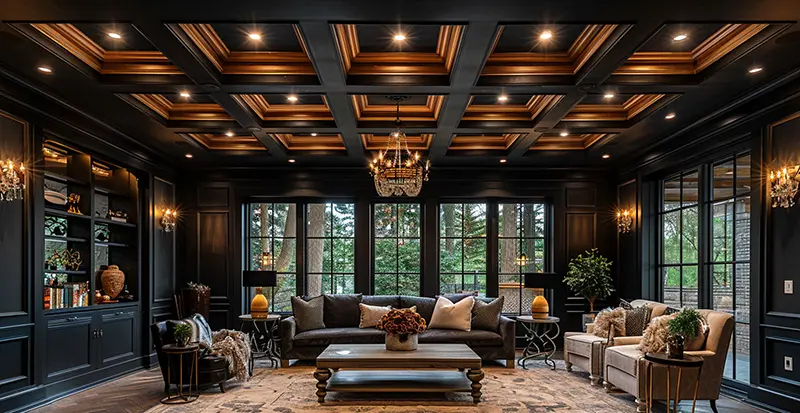
Coffered ceilings are popular in new home construction, particularly for higher-end homes. These ceilings have recessed squares or rectangles that are separated by beams and finished with ornate crown molding. Coffered ceilings are an expensive installation that requires professionals to complete.
They are also considered more traditional, meaning they aren't the right fit for every home. Coffered ceilings are best suited for large spaces with tall ceilings. These ceilings are commonly found in places like a library, dining room, theater or living room.
Exposed ceilings have become a popular feature in both residential and commercial interior design. Rather than concealing the ceiling beneath layers of drywall or plaster, exposed ceilings leave the structural and mechanical elements of the space visible.
5.Exposed Ceiling
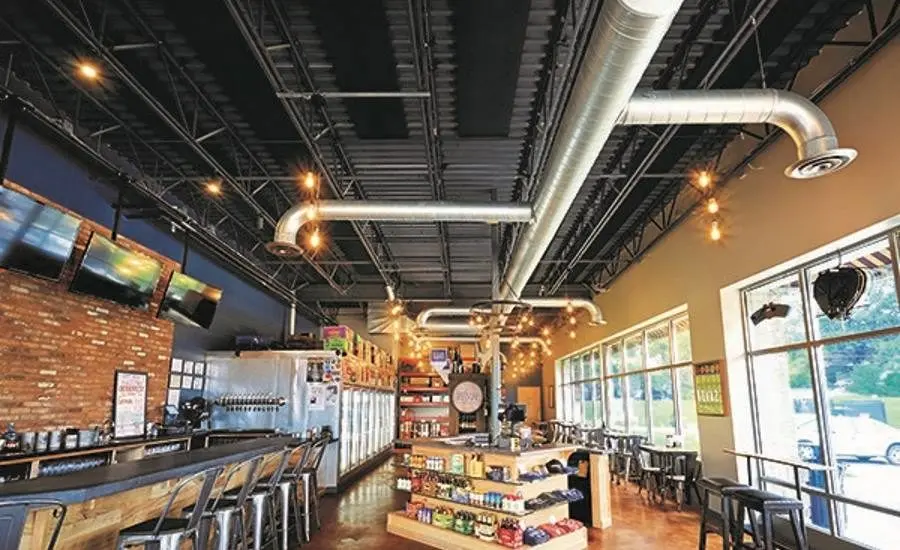
Exposed ceilings have become a popular feature in both residential and commercial interior design. Rather than concealing the ceiling beneath layers of drywall or plaster, exposed ceilings leave the structural and mechanical elements of the space visible.
One of the primary benefits of an exposed ceiling is the sense of depth and openness it creates. With pipes, ductwork, and electrical systems on display, the ceiling becomes a dynamic and visually interesting element of the space.
Exposed ceilings are particularly well-suited to industrial or contemporary design styles, where the rough, raw textures of unfinished building materials are embraced rather than concealed. However, with the right design elements and finishes, an exposed ceiling can work well with a variety of interior design styles.
When considering an exposed ceiling, it's important to pay close attention to the quality of the materials and finishes used in the space. exposed ceilings require careful coordination and attention to detail to ensure that the various mechanical systems are well-coordinated and visually appealing.
Done well, an exposed ceiling can be a striking and eye-catching feature that adds character and personality to any interior space, whether it's a loft apartment, commercial office, or retail store.
6. Tray ceiling
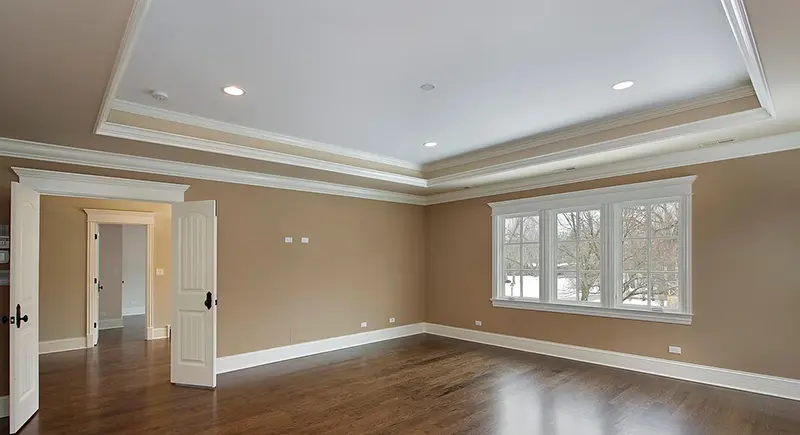
A tray ceiling is a dynamic architectural feature that adds depth and elegance to a room. Also known as an inverted or recessed ceiling, a tray ceiling features a flat central panel surrounded by a recessed perimeter that creates the illusion of a tray.
Tray ceilings are often used in dining rooms, master bedrooms, or formal living areas, where they can add a sense of luxuriousness to the space. They can be simple and understated, or ornate and highly detailed, depending on the overall style and design of the room.
One of the primary benefits of a tray ceiling is the way it draws the eye upwards, creating a sense of height and airiness in the space. Tray ceilings can also be used to great effect to highlight other design elements in the room, such as light fixtures, artwork, or architectural details like crown molding.
When designing a tray ceiling, there are a variety of finishes and materials to choose from, including wood paneling, plaster, and decorative metal. Lighting is also an important consideration, as a tray ceiling can be used to create a variety of lighting effects, from soft, ambient illumination to dramatic accent lighting.
Overall, a tray ceiling is a beautiful and sophisticated feature that can elevate the overall design of any room. Whether you're looking to add drama and elegance to your dining room or create a sense of peacefulness in your bedroom, a tray ceiling is a stunning and worthwhile addition to any space.
7.Drop Ceiling
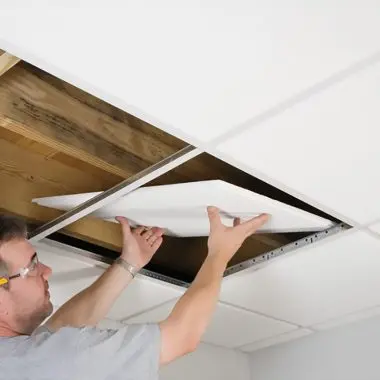
A drop ceiling can also be called a suspended ceiling, because a portion of the ceiling will be dropped or suspended below the usual ceiling line. This is a great choice if you have something that protrudes into the living space you'd like to cover, like a vent or pipe.
You can also use it to define a space, much like a tray ceiling, but instead of recessing it, you push it out. However, drop ceilings are best for homes with 10 foot or taller ceilings because the drop-down will encroach upon the living space.
8. Coved Ceiling
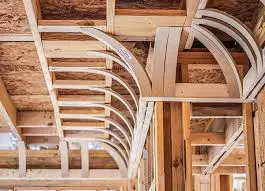
A coved ceiling is one of the least popular ceiling choices today, but it's still a choice for the right space. This dome-like ceiling has a slight arch with curved walls giving the appearance of a church cove, winery or theatre. Cove ceilings can be great for historic buildings and finished with virtually any material. Wood, brick, stucco, or drywall are popular choices. This ceiling choice is best used in large spaces like a kitchen, large bathroom, dining room, living room or theater.
9. Shed Ceiling
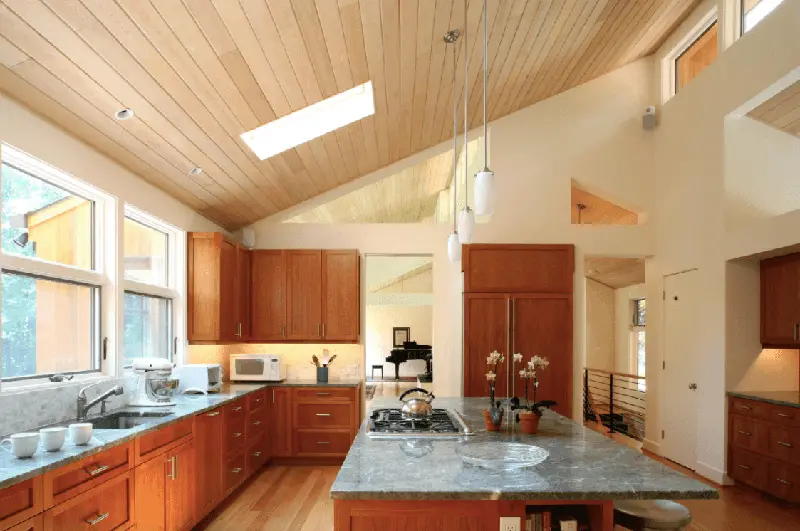
The last popular ceiling choice today is a shed ceiling. These ceilings jut down at an angle from one side. Their downward slope creates a fun shape to the ceiling and is commonly found in homes with attic space. Shed ceilings have a very midcentury modern look and, depending on the height of the ceiling, can have additional character traits like beams added to them.
Choosing the Right Ceiling for Your Space
Ceilings are often overlooked when designing or decorating a space. However, the right ceiling can significantly improve the overall aesthetics and functionality of a room. Aluminum ceilings have become increasingly popular in recent years. That’s why when choosing the right ceiling for your space, you should consider aluminum ceilings.
Aluminum ceilings are known for their durability and longevity. Unlike traditional materials such as wood or drywall, aluminum is resistant to moisture, mildew and insects, making it ideal for moisture-prone areas such as kitchens and bathrooms. This resiliency ensures that your ceiling maintains its appearance and structural integrity over the long term, reducing the need for frequent repairs or replacements.
Aluminum ceiling tiles are not only durable, but also look stylish and modern, enhancing the design of any room. Aluminum ceilings are available in a variety of finishes, colors, and textures and can be customized to your specific aesthetic preferences. Whether you want a modern vibe or a more industrial feel, aluminum ceilings can fit seamlessly into your design vision.
Another significant advantage of aluminum ceilings is their light weight, which makes installation easier and less labor intensive. This can save you time and money during the renovation process. Additionally, aluminum ceiling tiles can be installed in a variety of configurations, including suspended or direct-mounted, allowing for design flexibility.
Finally, aluminum ceilings are environmentally friendly. They are often made from recyclable materials and are fully recyclable at the end of their useful life, making aluminum ceilings a sustainable choice for environmentally conscious homeowners.
In conclusion, when choosing the right ceiling for your space, consider the many advantages of aluminum ceilings. Their durability, beautiful versatility, ease of installation, and eco-friendliness make them a great choice for any room in your home.

















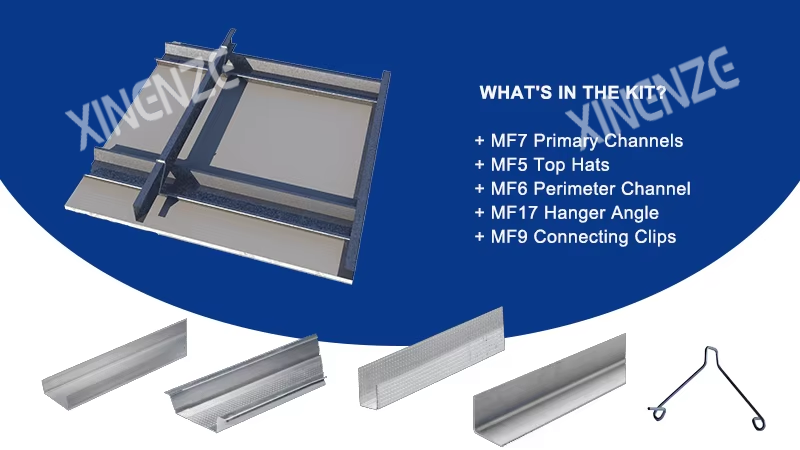

![VISIT XINENZE At AFRICA BUILD SHOW KENYA 2025 : HALL NO.-1B3 [STAND NO.-ABS -TSAVO]](/source/9130fc04c0b09f36a47112706e653486/606.png)
